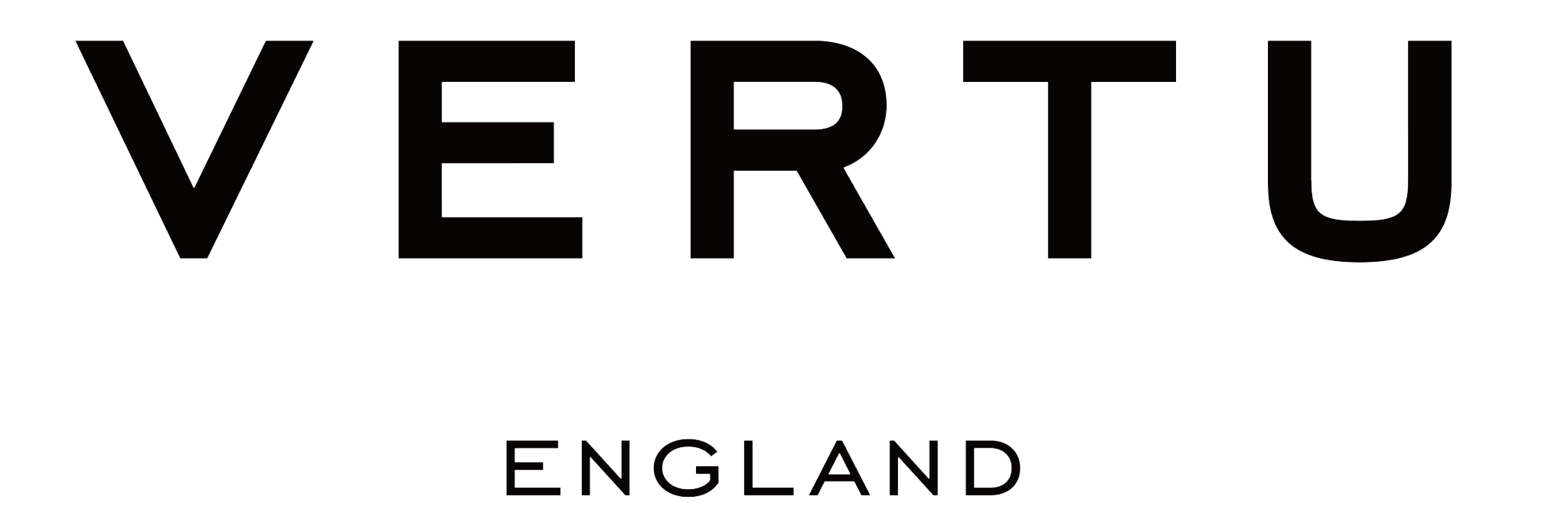Recently, there has been much discussion surrounding the idea that highly decentralized DAOs are not working and that DAO governance should start to resemble more traditional corporate governance to remain competitive. The argument is always similar: highly decentralized governance is inefficient, and traditional corporate governance structures with boards of directors, CEOs, etc., have evolved over hundreds of years to be optimized for making good decisions and providing value to shareholders in a constantly changing world. Idealists of DAOs are naive to believe that the egalitarian decentralized ideal can surpass this, and attempts in the traditional corporate sector can at best achieve only modest success.
This article will argue why this position is often wrong and provide a different, more detailed perspective on where different types of decentralization are important. Specifically, I will focus on three cases where decentralization is important:
- Decentralization for better decision-making in a concave environment, where diversity and even naive forms of compromise can prevail over the kind of consensus and focus that centralization brings.
- Anti-censorship decentralization: Applications that need to continue operating while resisting attacks from powerful external players.
- Decentralization as trusted fairness: DAOs that take on a function similar to that of nation-states in applications, such as providing basic infrastructure, where characteristics such as predictability, robustness, and neutrality are more valuable than efficiency.
Centralization is convex, decentralization is concave.
One way to categorize decisions that need to be made is to see whether they are convex or concave. In a choice between A and B, we should first not look at the issue of A versus B itself, but at a higher-order question: would you prefer to compromise between A and B, or would you prefer to flip a coin? In terms of expected utility, we can express this difference graphically:
If a decision is concave, we prefer compromise, and if it is convex, we prefer to flip a coin. Generally, we can more easily answer the higher-order question of compromise versus coin flip than the first-order question of A versus B itself.
Examples of convex decisions include:
- COVID-19 response measures: A 100% travel ban might work to stop the virus, a 0% travel ban won’t stop the virus but at least won’t inconvenience people, but a 50% or 90% travel ban is a middle-ground approach that misses the mark.
- Military strategy: Attacking along line A might make sense, attacking along line B might make sense, but splitting your army in half and attacking on both fronts just means the enemy can easily deal with each half one by one.
- Technical choices in cryptographic protocols: Using technology A might make sense, using technology B might make sense, but some mix between the two often just results in unnecessary complexity and even increases the risk of interference between the two.
Examples of concave decisions include:
- Judicial decisions: The average of two independently chosen judgments is likely to be more fair and less completely absurd than randomly choosing one of the two judgments.
- Public goods funding: It is usually more effective to give $X to each of two promising projects than to give $2X to one and nothing to the other. Having any money is more conducive to a project’s ability to fulfill its mission than going from $X to $2X.
- Tax rates: Due to the mechanism of secondary deadweight loss, a tax rate of X% often has only a quarter of the harm of a tax rate of 2X%, while also having more than half the benefit in terms of revenue increase. Thus, moderate taxation is better than flipping a coin between low/no taxation and high taxation.
When decisions are convex, a decentralized decision-making process can easily lead to chaos and low-quality compromises. On the other hand, relying on the wisdom of the crowd can lead to better answers when decisions are concave. In these cases, structures like DAOs, with a large number of diverse inputs into decision-making, make a lot of sense. Indeed, those who believe that the world is generally a more concave place are more likely to see the need for decentralization in a broader context.
VitaDAO and Ukraine DAO: Should they be DAOs?
Many newer DAOs are different from earlier DAOs like MakerDAO, which were organized around providing infrastructure, while newer DAOs are organized around performing various tasks around a specific theme. VitaDAO is a DAO that funds early-stage longevity research, and UkraineDAO is a DAO that organizes and funds work related to helping Ukrainian war victims and supporting Ukrainian defense efforts. Do these make sense as DAOs?
This is a nuanced question, and we can gain a view of a possible answer by understanding the inner workings of UkraineDAO itself. A typical DAO tends to be “decentralized,” pooling a large amount of capital into a pool and using token holder voting to fund each allocation. On the other hand, UkraineDAO operates by dividing its functions into many pods that work as independently as possible. The highest-level governing body can create new












